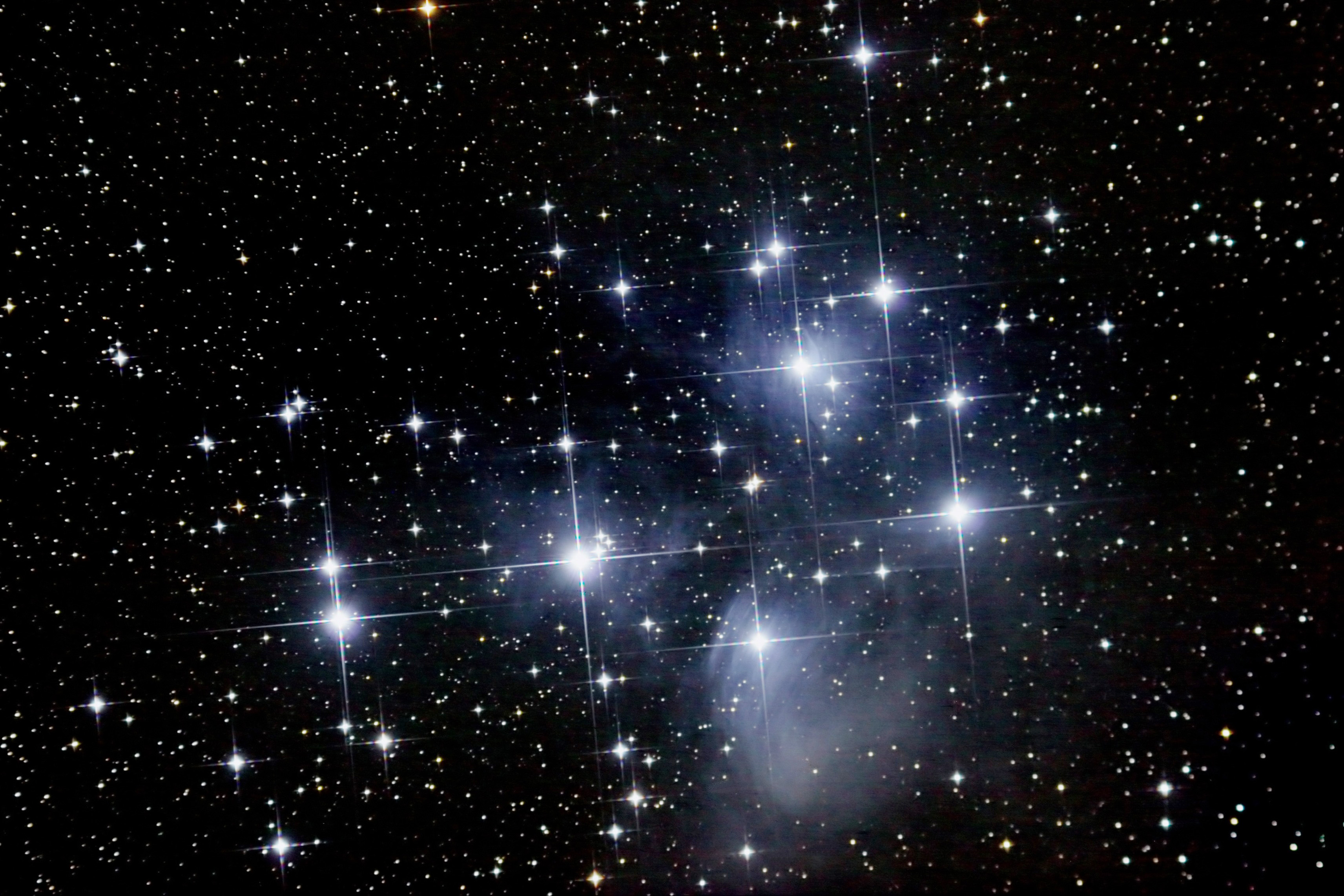
Or, alternately, a sensor held above the primary mirror converts the image to an electrical signal that is delivered to a computer.” The secondary mirror diverts the light out of the telescope so it can be seen or further processed. “Certain telescopes have a large primary mirror that focuses the incoming beam of light onto a secondary mirror or a sensor that is held over the primary mirror. Baird, an Assistant Professor of Physics at West Texas A&M University: Image of the alignment evaluation star, called 2MASS J17554042+6551277. These are known as diffraction spikes (or a “spider”), which refer to artifacts created by a telescope’s secondary mirror or aperture. But whereas the background stars and galaxies are billions of years away (and a bit distorted), the foreground star is spiked in appearance. The sensitivity of Webb’s optics and NIRCam (and a red filter that optimized the visual contrasts) meant that the galaxies and stars in the background were also visible. This star is known as 2MASS J17554042+6551277 and is located about 2,000 light-years from Earth.
This image was focused on a bright star at the center of JWST’s alignment. This milestone represents the completion of the fifth phase of preparation, known as “fine phasing,” where the mission controllers adjusted each of Webb’s primary mirror segments to produce a unified image using only the Near-Infrared Camera (NIRCam).

The latest teaser is a “telescope alignment evaluation image” of a distant star that looks red and spiked! In the meantime, the mission team has provided us with another glimpse of what this observatory – a successor to the venerable Hubble Space Telescope – will see once it is fully operational. At the Space Telescope Science Institute (STSI) in Baltimore, Maryland, NASA engineers are busy aligning the mirrors and instruments on the James Webb Space Telescope(JWST).


 0 kommentar(er)
0 kommentar(er)
